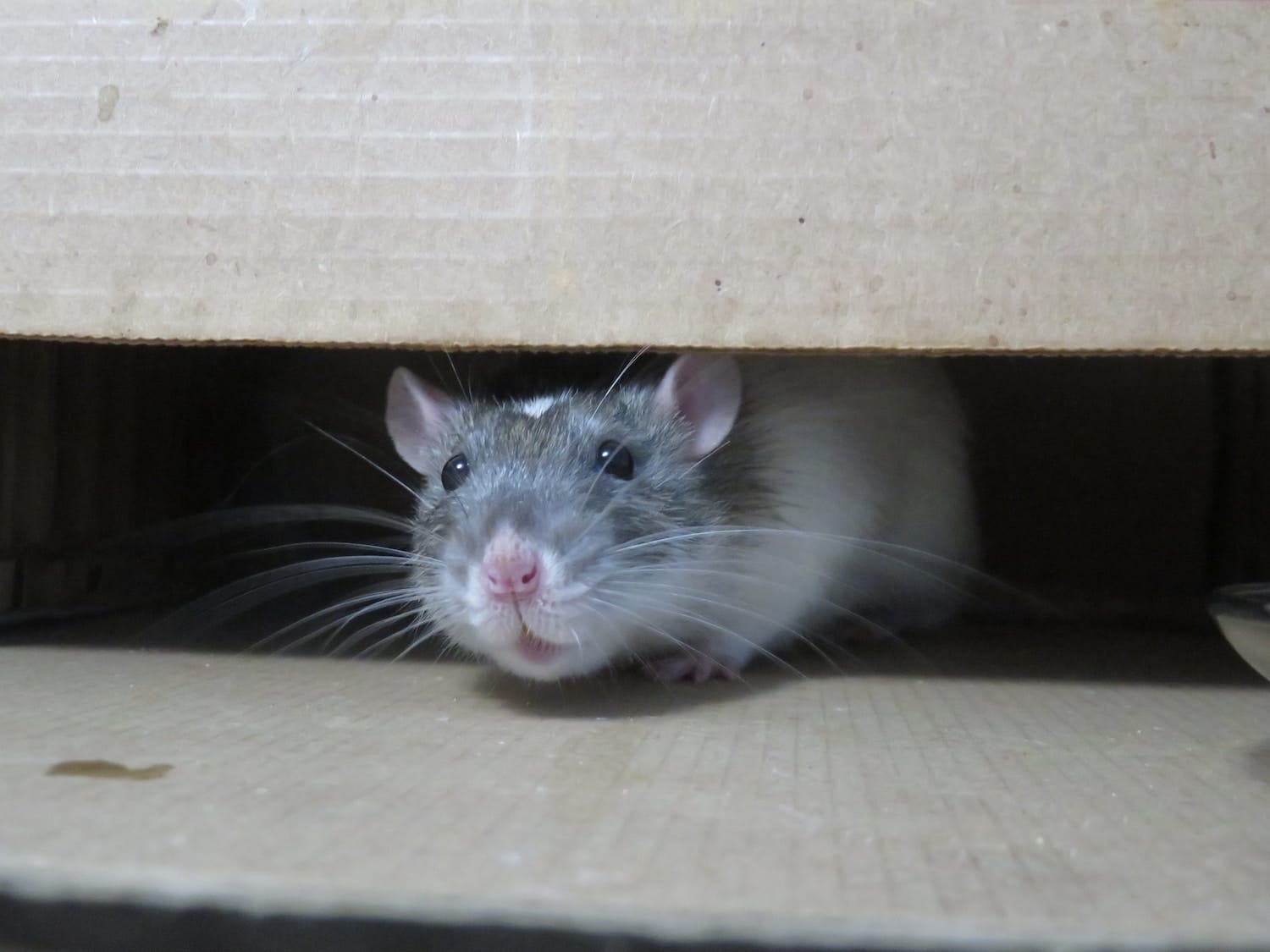Why is it essential to find the mouse entrance?
The answer is simple: prevention is better than cure. If you can identify and seal the mouse entrance, this can greatly reduce the risk of a new infestation.
Risks associated with a mouse infestation
When we think of mice, we often imagine small, harmless rodents that sneak around discreetly. However, their presence in our homes is far from trivial. A rodent infestation can cause many inconveniences and dangers for residents.
Domestic and Materials
Health threats
- The leptospirosis: A bacterial disease with serious consequences.
- Salmonellosis: Mice can contaminate food with Salmonella bacteria.
- The Hantavirus virus : Transmitted by rodent droppings, potentially fatal.
Steps to locate mouse entrance
Mice are cunning and agile creatures that can squeeze through the smallest openings in your home. Locating their entry point is essential to effectively solving the infestation problem. Here is a step-by-step guide to help you find these openings:
1. Visual inspection
First of all, be patient and examine your home carefully.
- What to look for? Black excrement, traces of grease, chewed wires, etc.
- Areas to inspect: Attic, cellar, garage, behind appliances.
2. Use flour
The flour can be an indicator of mouse passage.
- Setup: Sprinkle near suspect areas.
- Results: Look for fingerprints in the flour.
3. Listen carefully
Mice are often more active at night.
- When to listen? Evening or late night.
- What to look for? Scratches in the walls, squeaks or noises of movement.
By following these steps, you will increase your chances of locating the mouse entrance. Prevention is the best approach to keeping your home pest-free.

How do mice get into homes?
Mice, despite their small size, are clever intruders who can find many ways to get into our homes. Their ability to squeeze into small spaces and their determination to find food and warmth make them particularly difficult unwanted visitors to deal with. Understanding how and where they can get in is the first step to preventing them from taking hold.
1. The physical characteristics of mice
2. Common entrance areas
When it comes to mouse-proofing a home, it is essential to know the typical areas through which they can enter:
- Air vents: Essential for ventilation, but also entry points for mice.
- Around pipes: Gaps or holes around pipes are invitations for mice.
- Under doors: Unsealed spaces between the bottom of a door and the floor can become points of entry.
- Cracks in foundations: These cracks can be widened by mice to allow access.
3. Preventive measures
How to effectively seal entrances?
When you have identified the mouse entrance, the next crucial step is to seal these openings. Proper action will not only prevent further mouse infestations, but will also protect your home from other pests and pests. Here are some proven methods to effectively seal these access points:
1. Use caulk
The versatility of caulking makes it an essential tool in the fight against mouse invasions.
- Properties: Caulk is a material that hardens after application.
- Application: Make sure the surface is clean and dry before applying.
- Caulk choice: Choose a rodent-resistant caulk.
2. Metal grilles
Metal grilles offer a solid solution for large openings.
- Advantages: Resistant to rodents and allows ventilation.
- Installation: Measure and secure the grille.
3. Watertight doors
Gaps under doors are common entry points for mice.
- Door Sweeps: Attach to the bottom of the door to eliminate space.
- Thresholds: Additional barriers against invasions and good for insulation.
It is essential to remain vigilant and regularly inspect potential points of entry. With the right sealing methods, you can keep your home free from mice and other pests.
Proactive measures against mouse infestations
The fight against mice begins by identifying and sealing their access routes. By following the steps mentioned above, you will not only be able to find the entrance of mice but also take proactive measures to protect your home against future invasions.

